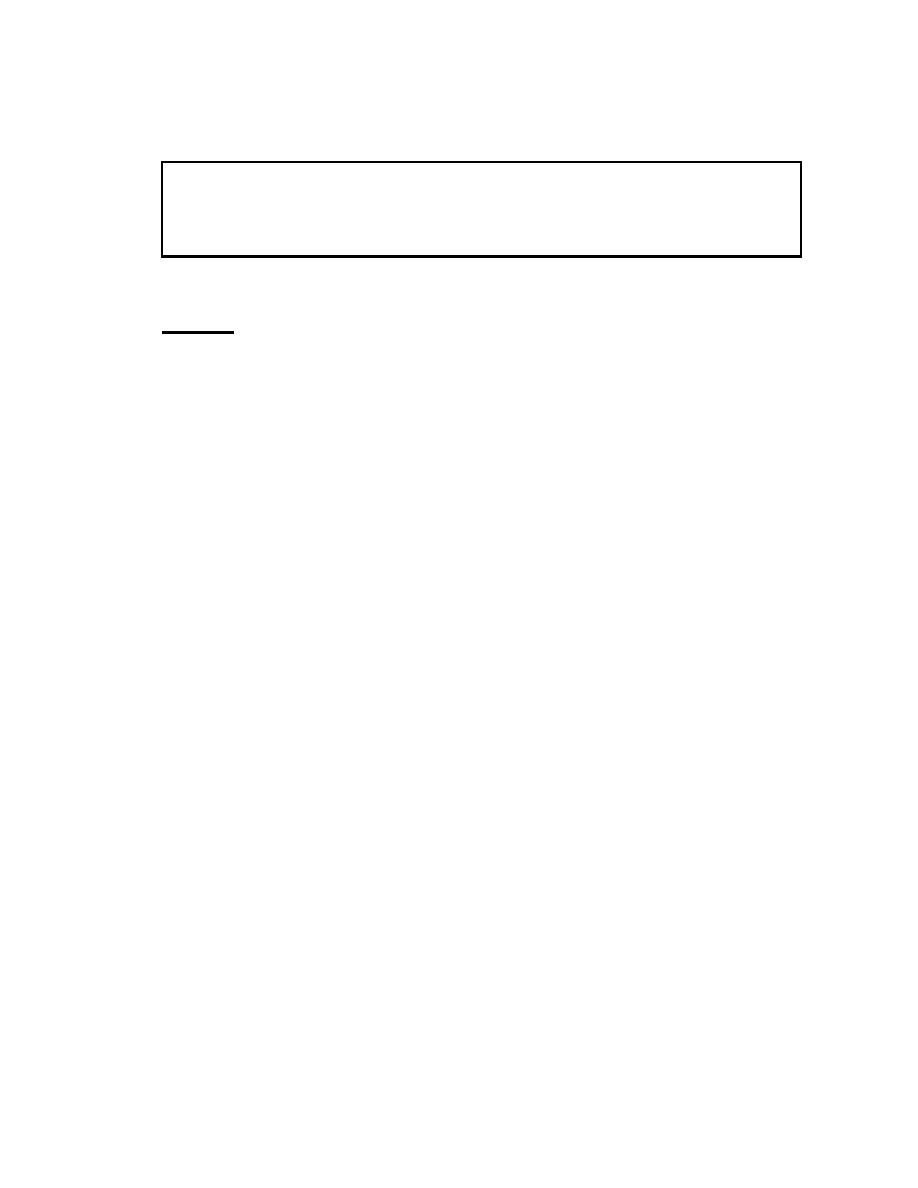
| Tweet |

Custom Search
|
|

|
||
 TM 55-1905-223-SDC
FLOODING
SDC FIXES SHALL BE USED ONLY IN COMBAT OR OTHER EMERGENCY
CONDITIONS AT THE DISCRETION OF THE VESSEL MASTER. DAMAGE
SHALL BE REPAIRED BY STANDARD MAINTENANCE PROCEDURES AS
SOON AS PRACTICABLE.
Section I.
FLOODING LOAD
8-1.
GENERAL. Seawater weighs approximately 64 pounds per cubic foot. Therefore, the
pressureover1squareinch at a depth of 1 foot is 0.444 pounds; at 9 feet, it is 3.9996 pounds; at 20 feet it is
8.88 pounds. The pressure at any point is equal in all directions, whether downward toward the deck or
horizontally toward a bulkhead. A bulkhead 20 feet wide and flooded to a depth of 5 feet would be subjected
to a total pressure of 16, 000 pounds. P = 1/2 (64) (20) (52). At 8 feet high and 20 feet wide and flooded to a
depth of 15 feet over the deck, a bulkhead would have a total pressure of 112, 640 pounds on it. This will
give some idea of the pressures that must be contained. If the ship remained entirely motionless in all three
planes, the pressure at any given point would remain constant and the problem of shoring would be relatively
simple. It would be possible to erect a light shoring structure, and then leave it without further inspection. It
may not be necessary to shore.
a. Flooding load-sagging. The load on the ship's girder is increased by the presence of flooding
water. The increase in stress caused by this augmented load depends on both the amount and location of
the flooding. Damage and consequent flooding in the middle length increases sagging stresses. This
increases the tension at the bottom and compression at the top of the hull girder. Measures to correct trim
caused by damage in the middle length should be aimed to reduce sagging stresses. This may be
accomplished by one or all of three methods:
(1) Pump liquid in the midships region overboard (either flooding water or liquid in intact tanks-
consider stability before pumping low weights overboard).
(2) Transfer liquids from midships region to ends.
(3) Counterflood high end (assuming good freeboard).
b. Flooding load-hogging. Flooding at the ends produces trim and increased hogging stresses. This
will increase tension at the top and compression at the bottom. In this condition, measures for the correction
of trim to reduce hogging stresses are:
(1) Transfer liquids toward midships.
(2) Pump liquid near damaged overboard (flooding water or liquid in intact tanks-consider stability
before pumping low weights overboard).
|
||
 |
||